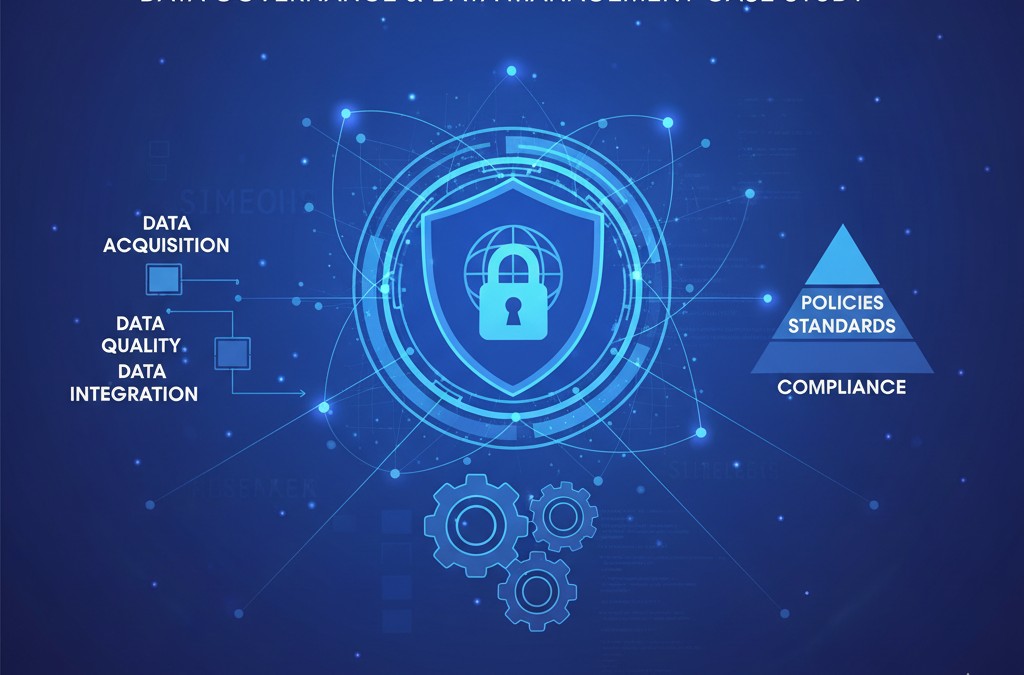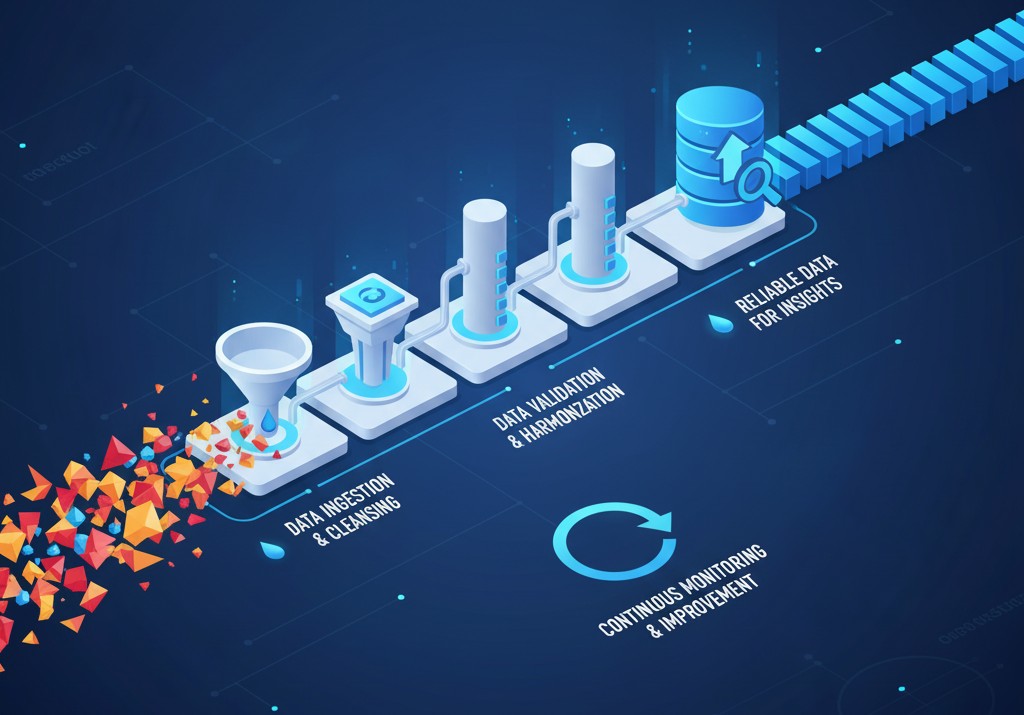Strengthening Data Governance and Management
As the finance industry continues to handle increasing volumes of sensitive and regulated data, it becomes essential for financial institutions to strengthen their data governance frameworks. Effective data governance ensures the accuracy, consistency, privacy, and availability of data across all systems and processes.





